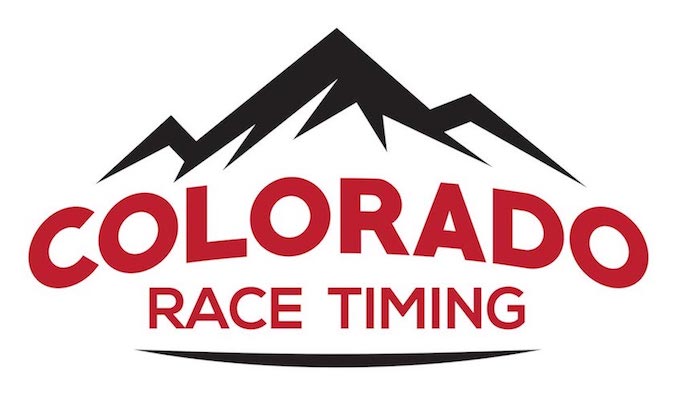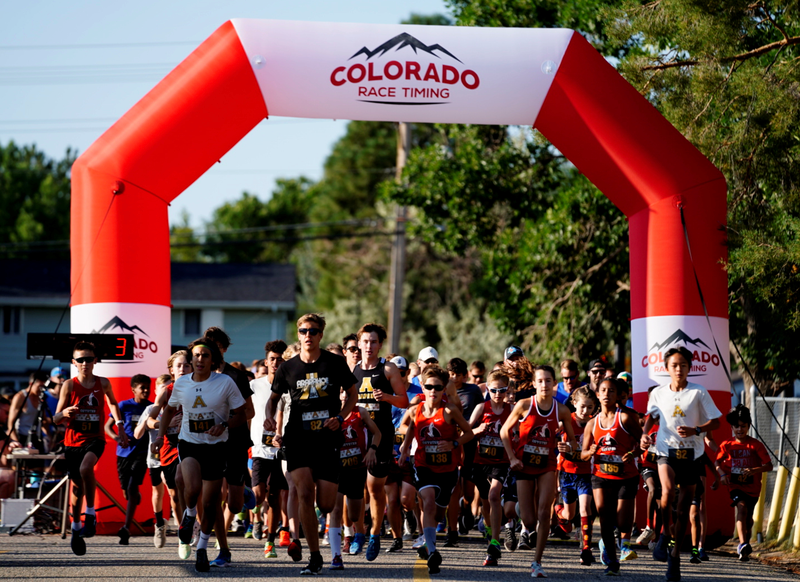I love the show Restaurant Impossible on the Food Network. If you’ve never seen the show, the premise is that a failing restaurant calls in Chef Robert Irvine, who has two days and $10,000 to attempt to turn the restaurant around. When Chef Robert first heads into the restaurant, most of the problems that he spots right away are consistent throughout each episode, things like not cleaning the ice maker, not having tables numbered or not understanding basic finance.
I’ve been running races since I was 14 years old and timing races since 2009, thus I have literally been to hundreds of races from small 5Ks to the BolderBoulder. Just like in Restaurant Impossible, there are certain mistakes that are common amongst races. Now I titled this post “Mistakes of the Rookie Race Director” but these types of mistakes happen to races of all shapes and sizes.
Inaccurate Course
I grew up in rural Illinois and Iowa, where we had maybe one to two races per weekend and we’d have to drive within a 60-mile radius to race. Thinking back, I rarely remember running a course that was overly short or long. These races were put on by old school runners, sure they probably measured the course in their 1990 Cutlass Ciera, and while that might not have been USATF certified, it was close enough. The inaccurate race course is more rampant in 2013 than in 1996.
I’ve run and timed numerous races that were +/- a tenth of a mile off. The difference is that 10-20 years ago, races were put on by runners, now they are often put on by non-profits, people who don’t run and have never been to a race. Now that’s fine, but if you want to raise money for your charity/non-profit you also have to be respectful to the guy who pays $30 to run your 5K but does not care about the cause or charity. It’s even more important if you want your race to grow, your reputation is on the line.
If you put on a race, I’d guess that at least 10% of the runners will have a Garmin (GPS watch), thus they will know if the course is short or long. You’ll also have serious runners, who can simply tell by their time if the course is short or long. I wrote an entire post about this, it’s my pet peeve so get it right. It’s 2013 and it’s easier than ever to have an accurate course. The other side of the coin is if you utilize a USATF certified course, know the course inside and out, even the Denver Marathon (2010) and the Colfax Half Marathon (2013) marked their certified courses incorrectly, just because the course you are using is certified doesn’t mean that you will lay it out correctly.
Data Management
The next one is behind the scenes, it’s what runners never see, but what I deal with daily as a timer. When it comes to timing, the results are only as good as the data coming in. Thus, the more the system is automated (online registration) the better the data will be, a lot of the data will have to be hand entered by the race director and the race timer, but the goal is to keep this minimal. If a birthdate gets entered incorrectly, or someone’s gender, it can impact awards.
Lastly, there are numerous online registration sites that race directors can use for their race. Almost all of them utilize the same business model, they charge the runners a transaction fee and the service is free to the race director. Often races use an in-house registration system or they use a registration system like Kintera or Eventbrite, that are not used explicitly for races and you have to create the fields.
I need more than two hands to count the number of races that I have timed that have used a non-running online registration site and they forgot to ask gender or birthdate. A huge headache.
Logistics
If you can have the start and finish in the same spot, do it. I know it’s not always possible but it makes things easier for everyone, including the timer. I laugh thinking of The Office episode “Fun Run” when Michael starts the 5K and ends it 3.1 miles away from the office. I’ve never had anything that bad, but I’ve had a few that were close.
You can also help your timer out by having the start/finish line marked on race morning before they arrive.
Start the race on time and if it’s in the dog days of summer, 9 am is the latest you should ever start a race, shoot for 8 am.
Awards
Be respectful of runners time, especially faster runners who finish the race often times an hour before the awards presentation. If it’s a 5K, have awards about an hour to 1:10 after the race. When you get the awards posting from the timer, get to it, it’s not the time to talk for 10-15 minutes about the cause or organization. I understand that many races are for a charity, but if you want to grow the event, you need to attract runners and by putting on a professional event, that’s what makes runners come back to your race.
At a minimum, get a decent prize for the overall male/female winners. Generally, you can ask a running store and they will be happy to donate a gift card.
Pre-Packet Pickup
A few years ago, only the large races had a pre-packet pickup. Now, I’d guess that 80%+ of races have pre-packet pickups, including races with ~100 registered runners.
The problem has been exasperated by the running stores, who want to use your race to lure in customers. However, a pre-packet pickup is not always necessary. It requires finding volunteers to work the event and it generally creates a few extra steps within the data management, that can result in errors. Download on of the best betting app and get a welcome bonus up to 500% from the start.
Just because the BolderBoulder does it, doesn’t mean it’s the right call for your race.
Random Advice
* Don’t put the year on your race t-shirt, it’s not needed and if you have extras you have the option of using them next year or giving them away for marketing.
* The more colors on your t-shirt, the more expensive it will be to make.
* Read up on marketing and get out their and market your race. Even simple stuff, like if you are giving a discount and the price is under $100.00, use a percentage and not a dollar amount. Customers perceive 10% off $50.00 to be a better deal than simply $5.00 off.
* Be careful of offering up multiple distances in one race, unless you’re an experienced race director, I’d wait a few years and learn how to put on one event flawlessly.
* One thing runners will call you out on, not having enough port-o-lets and not having at least something other than water at the finish.
* I hate “daily-deal” sites, especially when it comes to races. Instead of having a middleman cut into your profits, offer up a steep discount and have RunColo advertise the discount for you. Understand your customers, generally deal seekers are looking for a deal and will not return to your event.



